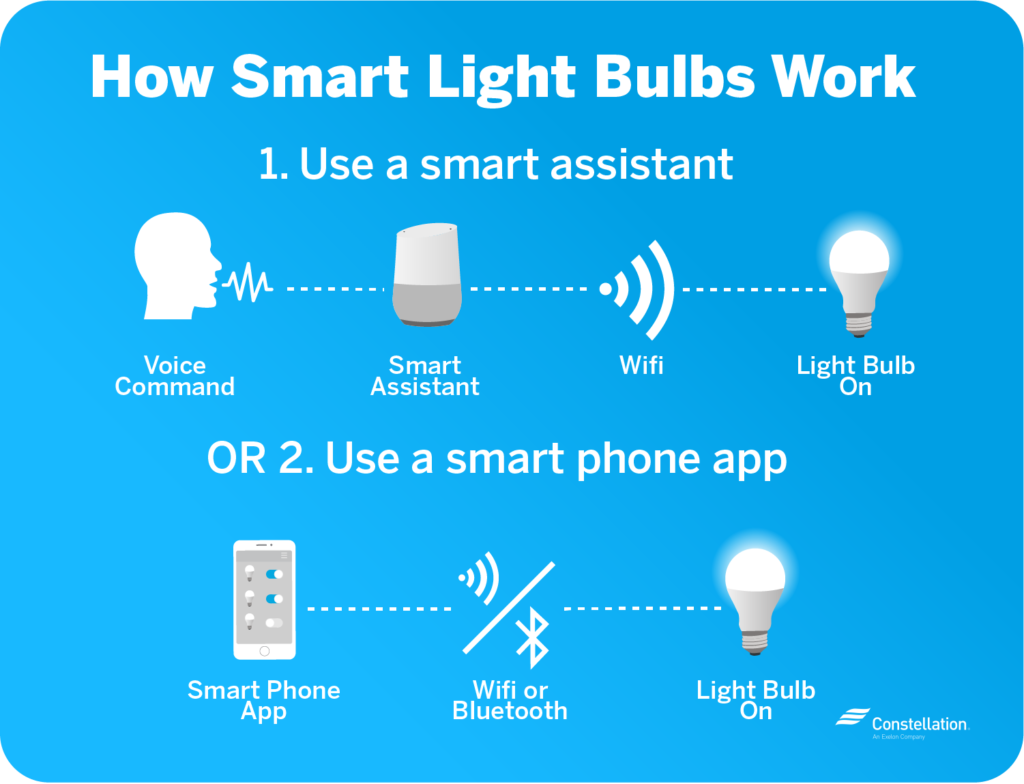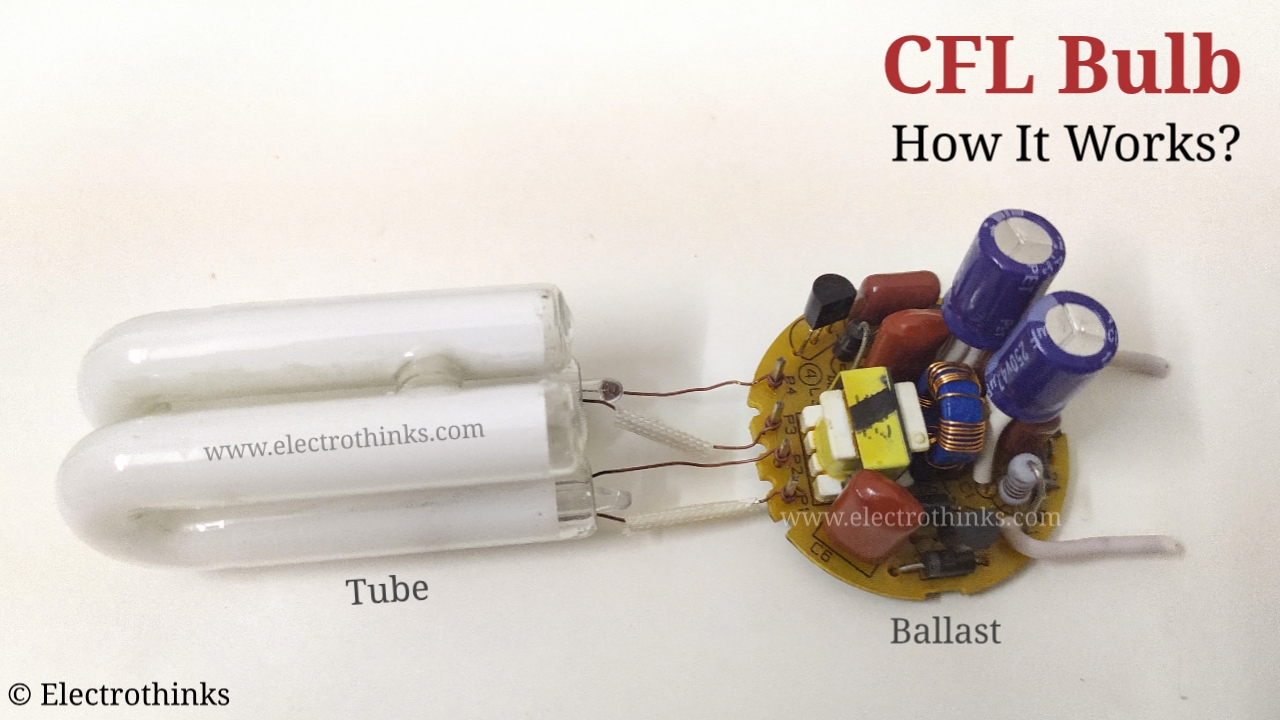


They're essentially heaters generating a small amount of light. That's why light bulbs get quite hot to the touch. Most of the electricity flowing through the filament generates heat while a small percentage actually produces light. Incandescent bulbs are simple but fairly inefficient. However, a light bulb contains a vacuum or a specialized gas that doesn't allow the filament to burn. Why does the bulb contain a vacuum? If the bulb had air inside of it the filament would quickly heat up and essentially burn up. The color of the light depends on the temperature of the filament. As the filament heats up it produces light. When you turn on a light bulb, electricity flows through the filament. In fact, an average 60 watt bulb has over 6 feet of filament wire inside of it! What happens inside the bulb? Incandescent bulbs contain a long, coiled, piece of metal called a filament. A bulb is typically a glass ball containing a vacuum, meaning it has has most of the the air sucked out of it. An incandescent bulb has a few basic parts.įirst, there's the bulb that you're used to seeing. Incandescent light bulbs have been around for many decades and are still used in the majority of homes around the world.


 0 kommentar(er)
0 kommentar(er)
